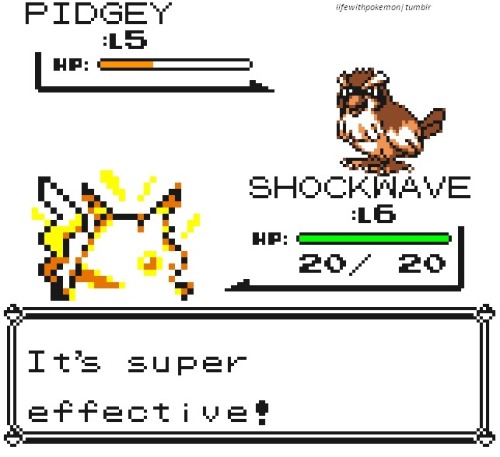Welcome back to another Magic Writer design post.
One issue which came up in a recent discussion with our teacher and senior was the focus of our game. And when I say focus, I'm talking about visual focus. The monsters in Magic Writer is very eye-catching, but you also need to look at the words at the bottom of the screen and type them correctly.
And thus a problem arises. The game becomes unintuitive to play, since your eyes goes all over the screen during game time. With this, we also realized we needed somewhere to place the lives and score so that the player could easily take them into account when needed.
This blogs artifact: Visual focus in Magic Writer
Early mockup which mirrors an early build
The thought bubbles
The main problems are the thought bubbles. They are statically placed at the bottom of the screen which leads them to becoming uninteresting even though they are supposed to be where most of the game takes place.
The bubbles themselves already fill an important UI function, telling which property the item it holds is of. It does this with a light change of color in the outline.
Progress
In one version, we moved the bubbles to the top of the screen. This was done so the player could write where he/she saw the monsters coming and could plan thereafter. This failed, as people thought the items inside the bubbles represented which monsters came(I think this might be because of the relation to Tetris).
Next, we tried moving the bubbles to the wizard. Since they are thought bubbles, we could make them a part of the game world by having them float around the wizard and maybe even follow him when he changed lanes!
We cannot have the bubbles in front of the wizard since the items go there. Behind him works, but it's still kinda dull. The bubbles does follow him, but they still don't draw attention to themselves. We did one more thing which can't be seen in the picture, but the bubbles are pulsating. This was to make them more exciting to focus on.
The end?
I'm sad to have to end it here, but we still haven't found the right place for the UI yet. We still have 4 weeks to complete the game, and if there is something that's going to keep changing, it's the UI.
The aim for our game is to be pick up and play, and the UI plays a big part in making that happen.
There is also a discussion regarding the lives, score and monster HP which will happen in the future. But right now, the bubbles are the main concern. Which is why I decided to write about it.
Summary
Knowing where the players eyes will be when playing the game is extremely important.
The player needs to receive information about their status and get a grasp of what is happening.
The UI needs to know where the players look before it can be places on the screen.
The iterative process of playtesting is the solution for this problem.
I hope you liked this tour of Magic Writer design and tune in next week for another design related blog post.





